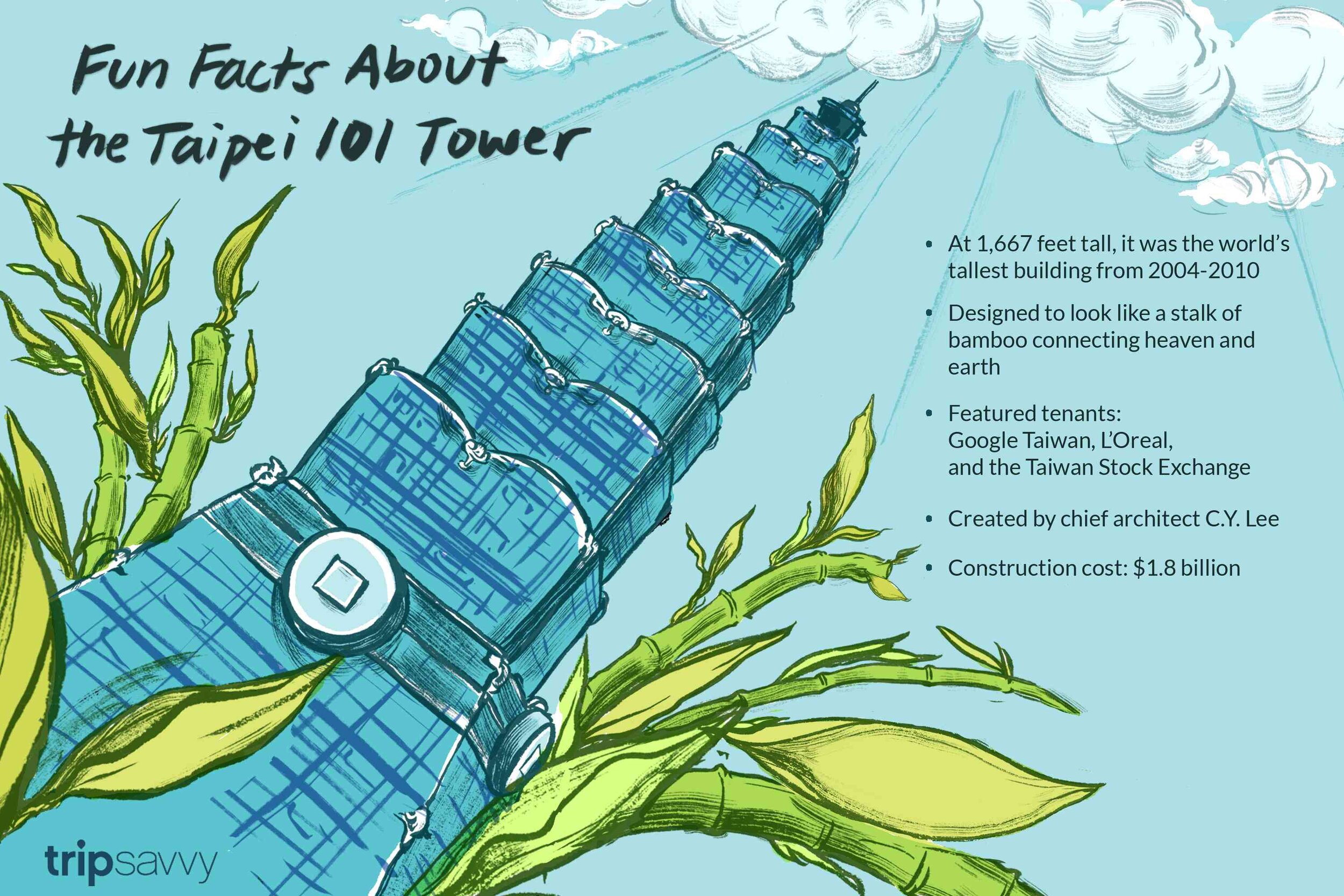Due Diligence
/This design was created for those who have a dream. And will work relentlessly and tirelessly to achieve it!
磨練 (Pīnyīn: Mó liàn)
Rough translation: “ Self-discipline / To hone your craft / To train with persistence.”
學勤勞需要三年, 學懶惰只要三天
(Pīnyīn: Xué qínláo xūyào sān nián, Xué lǎnduò zhǐyào sān tiān)
Rough translation: “It takes at least three years to learn how to be diligent. It only takes three days to learn how to be lazy.”
What do Chinese calligraphy, martial arts and classical piano have in common?
They’re artistic activities that require an ENORMOUS amount of 磨練 (Mó liàn) in order to achieve an ACCEPTABLE level of proficiency. In a few words, this term could be described as “a combination of patience, discipline and persistence”.
It is no secret that Asian children are introduced to one or more of these artistic expressions at a very early age. And there lies an “apparent” contradiction.
Those of you who are familiar with Asian culture (especially Chinese culture) know: it’s incredibly rare for Asian parents to encourage their kids to pursue a career in the arts. Truth is, as stereotypical as this may sound, Engineering, Law and Medicine have always been (and continue to be) the top three career choices in Asian families. Well, if that’s the case, if pursuing an artistic career is generally off the table, then why do Asian parents demand that their kids commit themselves to the arts with SO MUCH dedication?
Because they teach us the value of diligence.
Spending endless hours practicing piano scales. Sustaining countless injuries and bruises on the mat. Writing the same character over and over and over again. Really? I get tired just thinking about it. No one deserves that! ;o) We’ll be the first to admit: it’s easy to get super lackadaisical in these situations. But it is in THIS exact moment that we need to be diligent. Because this is when two options present themselves to us: either we choose to remain inert, or we choose progression.
This design is dedicated to those who pick option number two: the one that nurtures our talent.
Sharpens our gifts.
And strengthens our character.


















